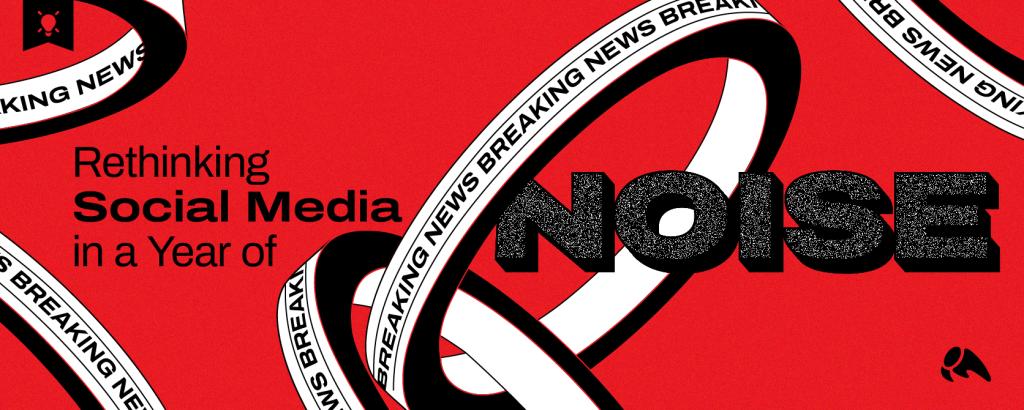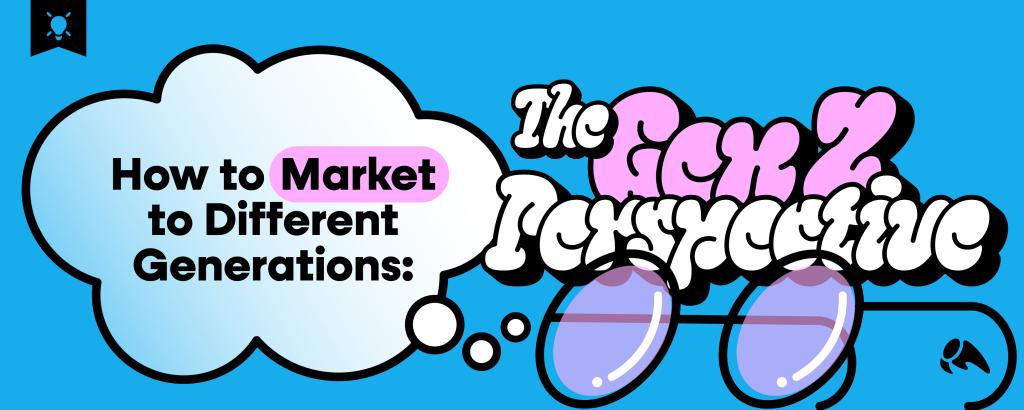
Times have changed. Dramatically. Gone are the days of relying on the Yellow Pages to help customers find you. Today, creating a web presence is crucial to businesses large and small and is easily one of the most important things you can do for your brand.
Of course, just building a website isn’t enough. Sure, in a perfect world the “build it and they will come” mindset would work, but the truth is, there are many other factors that need to be considered. This is where search engine optimization (SEO) comes into play and can act to increase visibility of your website and your brand online. Optimizing your site so the search engines can properly crawl and index it is extremely important to your organic visibility. When done properly the visibility will lead to conversions, which is the goal for most businesses.
But SEO isn’t as easy as it may seem, and the factors that are important are constantly changing as the search engine algorithms evolve to become more complex. You need to keep on top of the changes and evolve as the search engines become smarter.
What are the factors you should be aware of in 2014? I’ve outlined them below.
It’s worth noting this is not a definitive list, but it’s a good start place for marketers looking to increase their web presence and rankings.
Content
Content has always been one of the more important factors when it comes to SEO and rankings. It is extremely important to have unique, high quality content on all pages of your website. When writing the content for your site, consider the keywords you want the site to rank for. You want to use the terms naturally within your copy, so they are present but not so you’re overdoing it or making the content read unnaturally. It is also important to include related keywords in your content, which is what makes keyword research so important before starting to write any content. The Google keyword planner is perfect for finding the best related keywords to get into your copy.
Usability
Usability is something that should always be taken into account when creating a new website. It is proven that a site that is hard to navigate will have an extremely high bounce rate. We also know that most internet users don’t want to be forced to think. This is why it’s important to build sites that are easy to navigate and intuitive to users’ needs. You want to use a navigational structure that is prominent, well-organized and links to the important areas of your website. Your site must be designed well, uncluttered and use the right colors and typography to attract your visitor. If a visitor has to spend ten minutes trying to find something on your site, well, they won’t. And then you’ll lose those visitors and potential customers.
This is why it is important to have people from different demographics try to find their way around your site while you’re still in the process of building it. I have a good friend who does a lot of design work, and one of the things he does with every site he creates is to let his grandfather check it out. His grandfather is, as you might imagine, a very basic internet user. If his grandfather has a hard time finding things, he knows something needs to be changed. Design your navigation to be as simple as possible to help users find what they’re looking for. A site with bad usability issues can also appear to be a low quality site, so this is another thing that needs to be considered when designing a new site. Here is a checklist that can assist with web usability when designing a new site or during a redesign.
Backlinks
Of course we have to include backlinks again even though we mentioned them in the beginning of the post. They have always been important and they always will be, but getting people to link to your site is not always the easiest thing to do. This is another area where having unique, quality content is extremely important. Without good content on your site, there is nothing for people to link to. A big part of your SEO and content strategy will be deciding what types of content will benefit your audience and cause them to want to link to it. Often, this means creating content that is informative, resourceful or which addresses a common need or pain point.
It is also important to share your content on your social media profiles. This helps to ensure people are seeing it and may even share it again to get in front of even more eyes. Getting your content in front of the right people is key when you want people to link to you.
Another type of content people love to share and link to is rich media content such as videos, animation and images. High quality videos may take more time and money to produce but the results you can achieve by investing in them is well worth it. You should always consider how your content and your site can benefit others.
Social signals
We all know how popular social media platforms like Facebook, Twitter and Google+ are, but many businesses still aren’t taking advantage of the value social media can offer their brand. Participating in these platforms and updating them on a consistent basis with quality content, gives your brand a push toward greater visibility. It has been said over recent years that Google looks at social signals as part of its ranking algorithms, but even if they didn’t factor into rankings, they still work to add trust and authority to your site. A good ratio for updating these social profiles is the 80/20 rule, this means that 80 percent of your updates should be non-promotional and about things helpful to your fans and followers. Tips and polls are a great way to help get some engagement going and the more user engagement the better in terms of the social signals that you are sending. The other 20 percent of your updates can be used to promote things like new products, blog posts or anything else related to your brand.
In addition to the Big 3 social networks, there are hundreds of other sites that are good to at least grab your brand name on, even if you do not plan on using them actively. Knowem is a great tool to help you find these sites and see where your brand name has been claimed.
The most important social media platform when it comes to SEO is naturally Google+, some people may dispute this, but when it comes down to it Google is going to put more weight on their own social network.
Authorship
Google Authorship and Author Rank have been a hot topic over the last year, and for good reason. It is a good way to build the authority and trust for your site and brand. It also gives your search results some additional information (rich snippets, see below) which is proven to increase click through rates in the search results. You can have one author on your site or multiple authors. The most important thing is to have your authors write content that is relevant and informative.
To set authorship up correctly you need to create a Google+ profile and add markup to your blog to link to the author profile. These two things are essential to establish the link between the blog and the author. Over the years there have been many people online that have been using fake names to write, but now it is more important to use real names to be able to get the benefits that authorship can provide. Google authorship is definitely a must in 2014 and it will help give your brand a little extra boost and will also give the author a nice personal brand boost at the same time. Here is a handy guide to getting authorship set up on your blog so you can get that added boost.

Local listings and citations
Local SEO has been an important factor for quite a while, but many businesses just think it will happen naturally. Some aspects of it are natural but there are also many things that can be done to help boost your site in local organic search. One of the most important things to do is to get your site listed in Google Places and Bing places. The registration process is simple and once complete just requires that you verify your listing. Verification can be done in a few ways, but most people prefer to do it over the phone or via snail mail.
Another area important to local search rankings is getting citations from other sites that list local businesses with contact info and other details. There are literally hundreds of places to get citations from and the trickiest part is finding the good ones that will help. There are some great tools to help you find places to get citations. Whitespark Local Citation Finder is one of the more popular tools out there.
Schema Markup
Schema markup is additional code that you can put on your website to tell the search engines exactly what is on your page to help them with indexing. The more you can tell them about your business or your products the better, and there are some advantages that come with it. Schema markup allows you to have different types of rich snippets show in search and there are different types of markup for all different things. One example that you have probably seen is rich snippets for video, which allows a video on your website to be seen right in the search engine results (see example below). Rich snippets have been proven to increase click through rates by approximately 30 percent, so adding schema markup to all areas of your site that are applicable will help you to stand out from the other search results. The folks at Raven Tools have created a great Schema guide to help you get started with schema markup on your site.

SEO isn’t a sprint. It’s a process. There are so many factors involved in how you rank in the search engines marketers must be constantly educating themselves.





